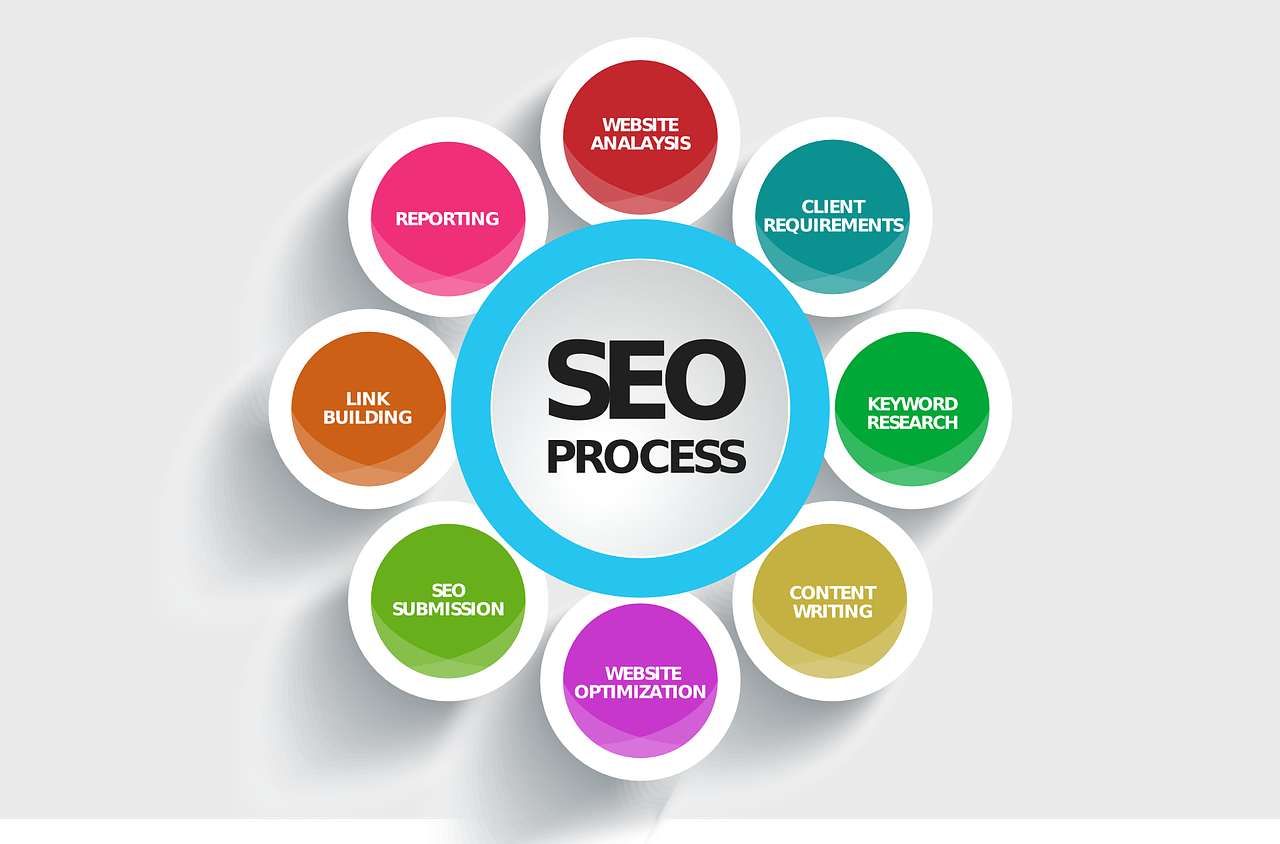Ecommerce SEO Guide 2025: Optimize Your Online Store for Google

Understanding Ecommerce SEO in 2025
Ecommerce SEO is the process of optimizing your online store to rank higher in search engines like Google. This includes improving site speed, mobile-friendliness, product pages, content, and user experience. In 2025, search engine algorithms prioritize intent, authority, and fast, secure websites.
Conducting Effective Keyword Research
To get results from your ecommerce SEO efforts, you need to target the right keywords. Here’s how:
Optimizing Product Pages for Ecommerce SEO
Your product pages are where the magic happens. Optimize them with:
- Unique descriptions that are keyword-rich and written for humans.
- High-quality images with alt tags like “Ecommerce SEO product example”.
- User-generated content such as customer reviews and FAQs.
- Internal links to related products or blog articles like How to Write Ecommerce Product Descriptions.
Enhancing Site Architecture and Navigation
Google values websites that are easy to crawl. For strong ecommerce SEO:
- Use a flat site structure with categories and subcategories.
- Add breadcrumbs and internal linking to help navigation.
- Create a sitemap and submit it to Google Search Console.
Improving Mobile Responsiveness for SEO
Google uses mobile-first indexing, so your ecommerce site must be mobile-friendly:
- Use responsive design and test it with Google’s Mobile-Friendly Tool.
- Ensure clickable elements are easy to tap and spaced well.
- Reduce mobile load times with lazy loading and minified CSS.
Boosting Site Speed for Better Performance
Speed is a ranking factor. Optimize ecommerce SEO with:
- Image compression using tools like TinyPNG or WebP format.
- Minifying JS, CSS, and HTML files.
- Use of CDNs like Cloudflare for faster global delivery.
Leveraging Structured Data and Schema Markup
Improve your visibility in search with structured data:
- Use Product schema for rich snippets.
- Add Review and Breadcrumb schema for improved CTRs.
- Test your markup with Google’s Rich Results Test Tool.
Creating High-Quality Content for Ecommerce SEO
Content marketing powers ecommerce SEO by attracting organic traffic and backlinks:
- Write blogs, buying guides, and tutorials tailored to your target audience.
- Incorporate video and interactive content where possible.
- Target informational keywords alongside commercial ones.
Building Quality Backlinks
Earn backlinks to boost authority and SEO rankings:
- Partner with influencers in your niche for mentions and links.
- Submit to relevant directories and industry sites.
- Create high-value assets like case studies and infographics worth linking to.
Utilizing Analytics and Continuous Optimization
Track progress and improve your ecommerce SEO over time:
- Use Google Analytics and Google Search Console for insights.
- Monitor bounce rates, CTR, and conversions.
- Regularly update and improve your old content.
Conclusion
Mastering ecommerce SEO in 2025 means staying ahead of trends, algorithms, and user expectations. By applying the strategies in this guide — from keyword research and site speed to content and backlinks — you can ensure your store attracts more organic traffic and generates higher conversions.
For additional learning, check out Moz’s SEO Guide or Google Search Central.

